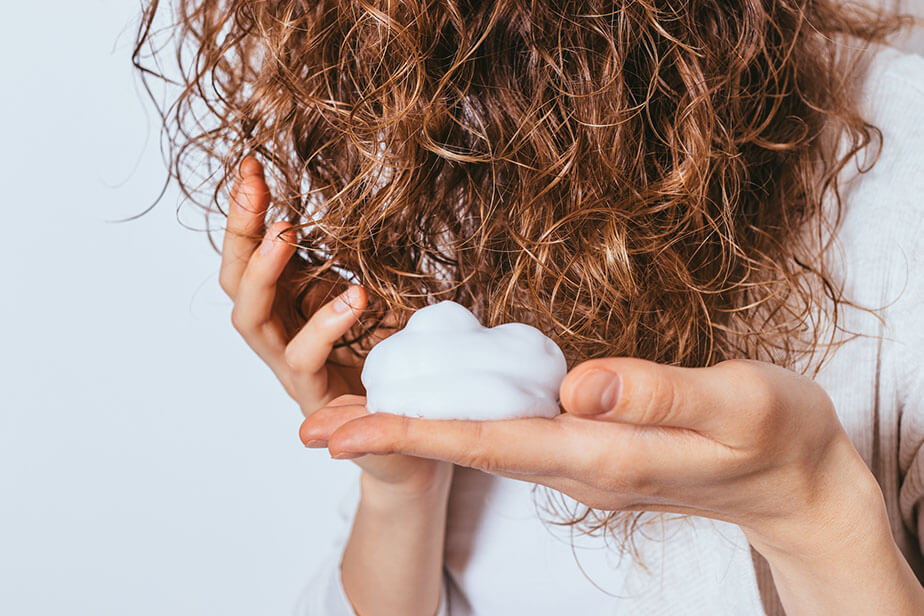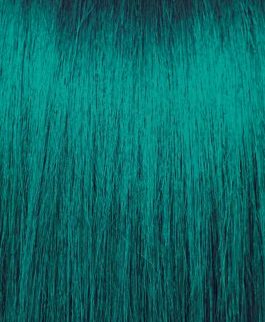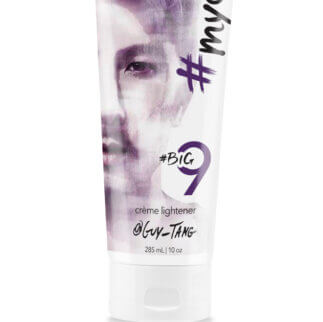Irina Bogolapova/Dreamstime.com
Irish curls, also known as Irish waves or Irish hair, are a unique and sometimes challenging hair type. Unlike uniform curl patterns, Irish curls have a distinctive dual texture: straighter on top with waves or curls hiding underneath. These intriguing types of curls have recently gained attention on social media, with many people discovering and embracing their hidden waves.
Let’s take a closer look at what Irish curls are, why they occur and how to care for and style this beautiful — albeit sometimes tricky — hair type.
What Are Irish Curls?
Irish curls or waves refer to a hair type with more than one texture. This pattern features smoother, straighter hair on the top layers and wavier or curlier hair underneath, typically from the occipital bone down. The dual texture can range from stick-straight hair on top with defined waves underneath to various combinations of straight and wavy patterns.
While the name suggests a connection to Irish heritage, and it is indeed commonly seen in those of Irish descent, it’s important to note that anyone can have this curl pattern. The main characteristic is the noticeable difference in texture between the top layer and the underneath layers of hair.
The Science Behind Irish Curls
Genetics are primarily responsible for Irish curls’ unique characteristics. A hair follicle’s shape determines the curl type, and in the case of Irish curls, people have varying follicle shapes in different areas of their scalp, resulting in a distinctive dual texture.
This variation in follicle shape leads to straight or smoother hair growing from some follicles (typically on the top of the head), while wavier or curlier hair grows from others (usually underneath). Understanding this will help you develop strategies to care for and style your Irish curls.
Caring for Irish Curls
Caring for Irish curls requires a balanced approach that addresses the needs of both the straighter and wavier sections of hair.
Gentle Cleansing
Look for lightweight, sulfate-free shampoos that won’t strip the hair of its natural oils. Opt for formulas that contain gentle cleansing agents and hydrating ingredients to maintain moisture balance.
Conditioning
Follow up with a conditioner that moisturizes without causing greasiness. Focus on products containing natural oils or butters for hydration without heaviness. Apply conditioner to the mid-lengths and ends, where the wavier texture typically needs more moisture.
Addressing Specific Concerns
If you have concerns like damage, dryness or an oily scalp, look for professional hair care products that address these issues while remaining suitable for multiple hair textures. Use balanced formulas that provide moisture for the waves without weighing down straighter sections.



















Share Your Feedback